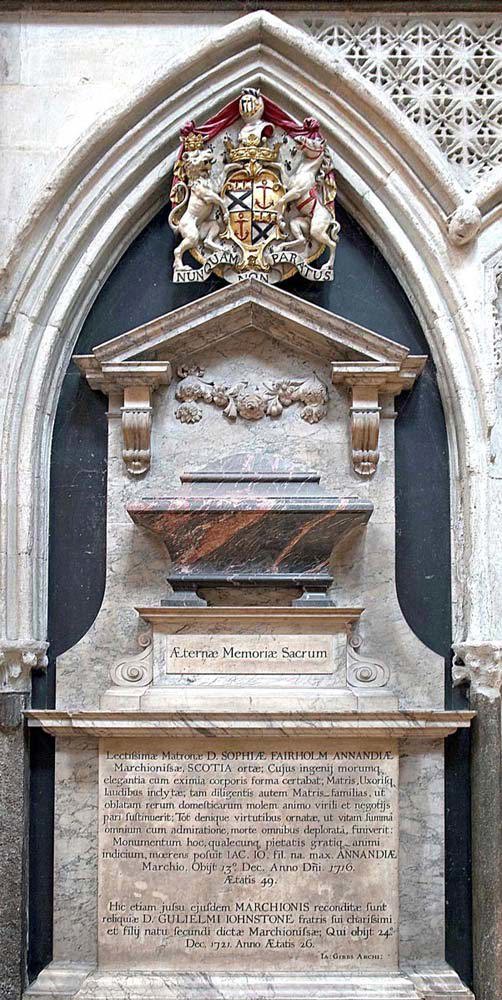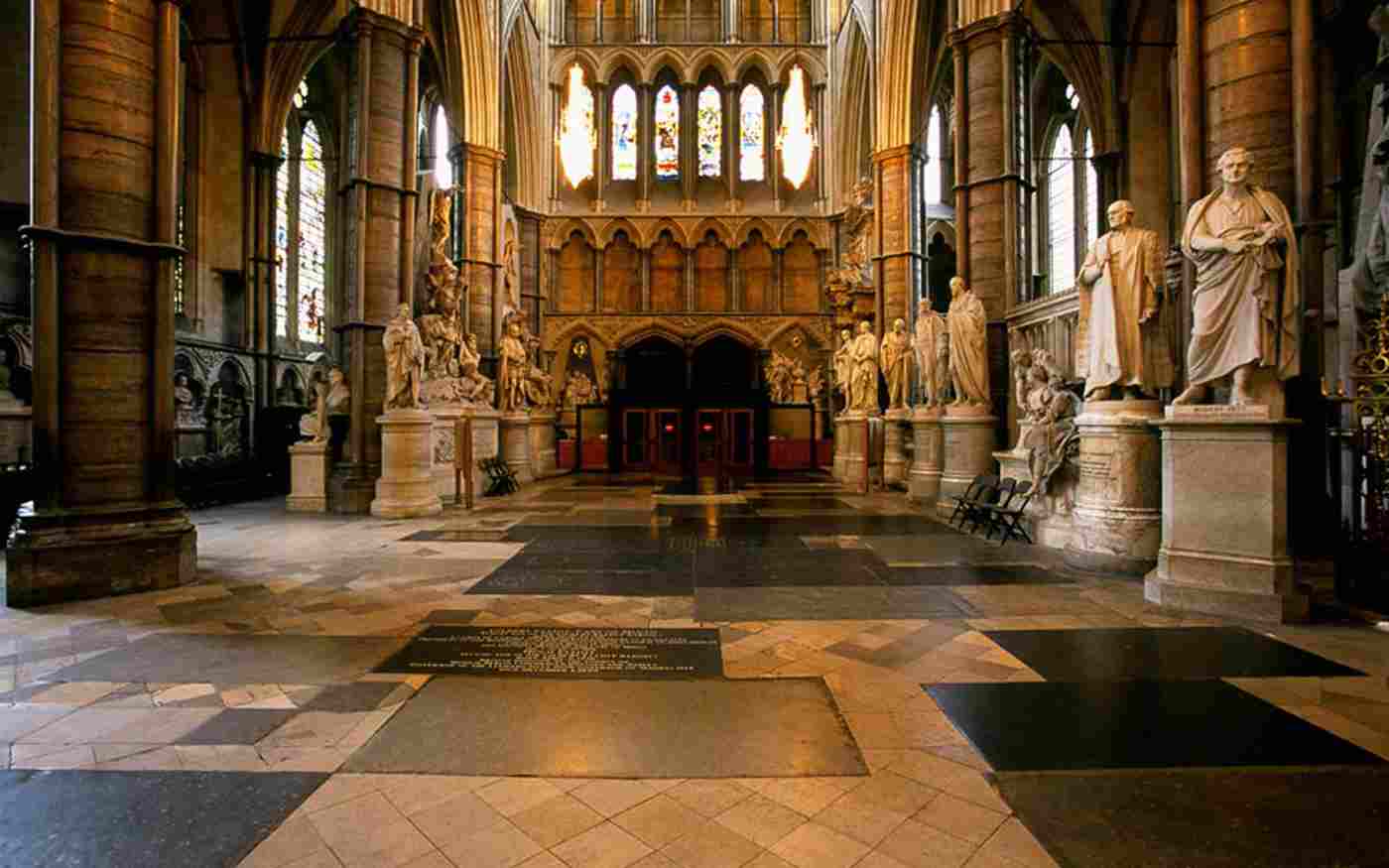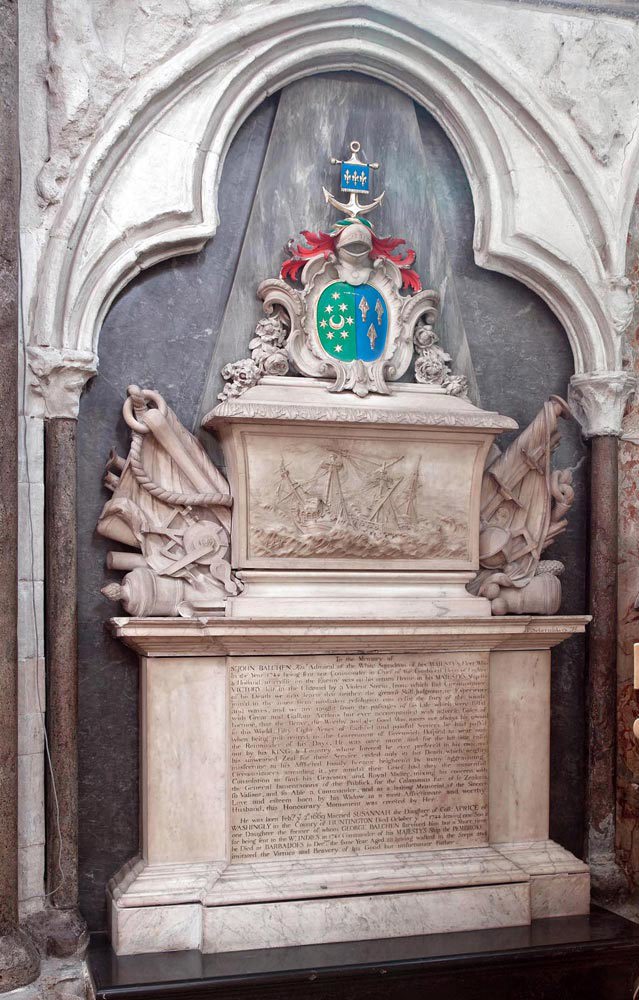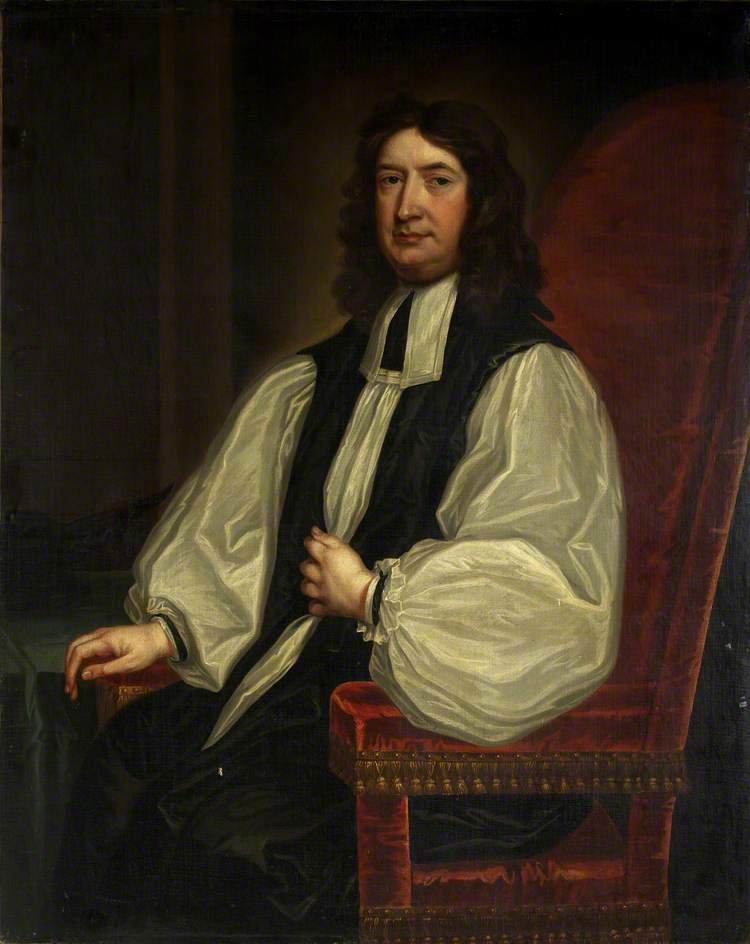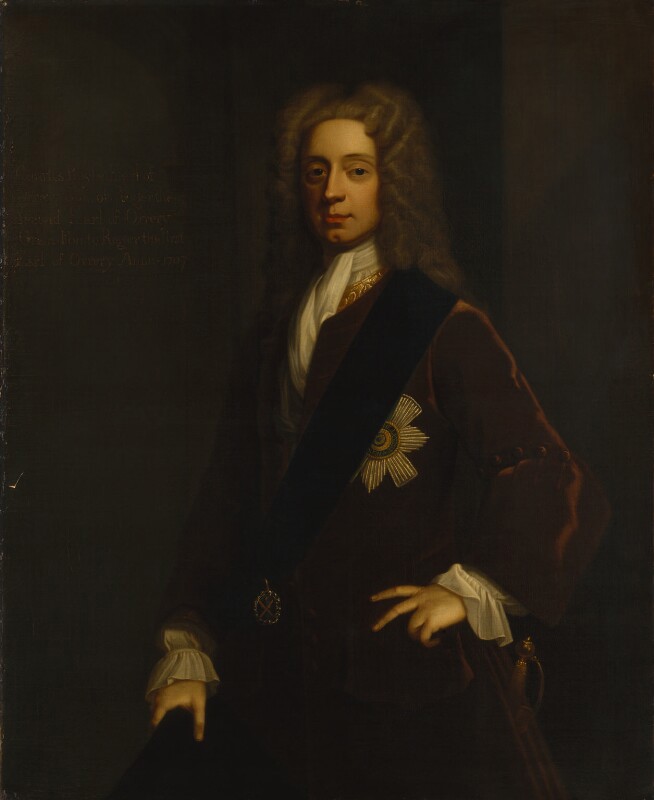Richard Kane
In the west aisle of the north transept in Westminster Abbey is a memorial to military commander Richard Kane. It is signed by sculptor J.M. Rysbrack and consists of a monument in white, grey and black marbles with a bust in armour with shoulder length hair on a pedestal. The Latin inscription can be translated:
Sacred to the memory of Richard Kane laid to rest at the citadel of the Balearic island of Minorca named for Saint Philip, who was born on December 20th 1666 at Duneane in County Antrim. In 1689 he served his military apprenticeship in the famous siege of Derry, whereafter, under William III of blessed memory, he continued in armed service both at home, until the subjugation of all Ireland, and abroad, in Flanders, at great risk of life, not least by reason of a grave wound received at the siege of Namur. In the year 1702 when war broke out afresh in the reign of Queen Anne, again he campaigned in Belgium before joining the expedition to Canada. In the year 1712, under the renowned Duke of Argyll and Greenwich, and later under Baron Carpenter, he acted as civil governor of Minorca where, capably undertaking all tasks, both civil and military, and in command of army and navy alike, he planned, ordered and maintained everything that was necessary, expedient or beneficial for the preservation of the island, in war and in peace, on sea and on land, and also had paved, fortified and adorned a truly royal road throughout the length of an island hitherto impassable. In the year 1720 at the behest of George I he crossed from Mahon to Gibraltar and thwarted an attack by the Spaniards who planned to take it by surprise. In the year 1725 he returned to the same scene of action for eighteen months and, when the enemy laid the Peninsula under heavy siege, quashed their every hope of taking it. After this sequence of sterling achievements as Lieutenant Governor in the year 1733 at the command of George II neither by his own seeking nor with prior knowledge, as with his other offices wheresoever held, he was elevated to the supreme command in Minorca. But oh, oh, how uncertain is the life of man! He who under four sovereigns had borne arms with the greatest shrewdness, courage and dignity, who had served God with all his heart and played the role not less of a Christian than of a good soldier, of pure faith and old-fashioned courtesy, dear to his friends, amiable to his associates, affable to his people, kind and generous to all, and in all things concerned more for the public good than for his own, left an island that was both British and Spanish sadly mourning his loss and in his seventy sixth year on December 19th 1736 breathed his last.
On the right side of the pedestal of the bust is inscribed:
This monument was restored by MAURICE CANE 1880.
Above is a coat of arms.
Richard was the only son of Thomas O'Cahan and his wife Margaret (Dobbin). The family lived in Carrickfergus in Northern Ireland. When he was a young man he was advised to change the spelling of his surname to Kane. He fought at Blenheim and Malplaquet with the Duke of Marlborough and was a colonel of the 18th Royal Irish regiment. He rose to be a Brigadier General and died unmarried. His grave at Fort St Philip was later destroyed. The fee for the memorial was paid by Captain John Dobbin, who with his brothers, inherited Kane's estate.
Further reading
Oxford Dictionary of National Biography 2004
"The life of Richard Kane" by Bruce Laurie, 1994
"Richard Kane" by Janet Sloss, 1995
The atlas given to Kane by the French king is now on display at Carrickfergus Museum
With thanks to Michael Reeve and Janet Sloss for the English translation
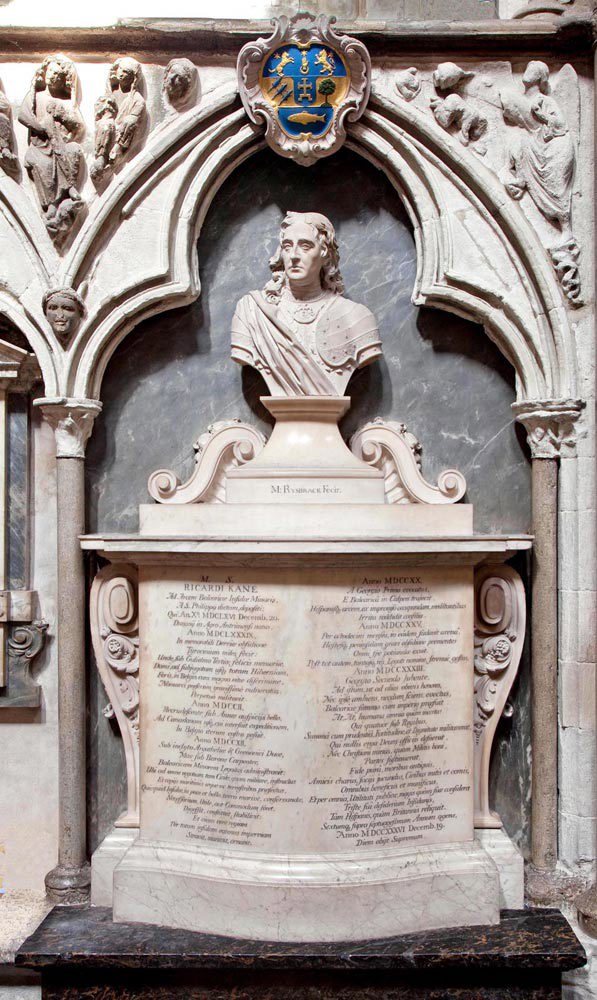
This image can be purchased from Westminster Abbey Library
Image © 2025 Dean and Chapter of Westminster
